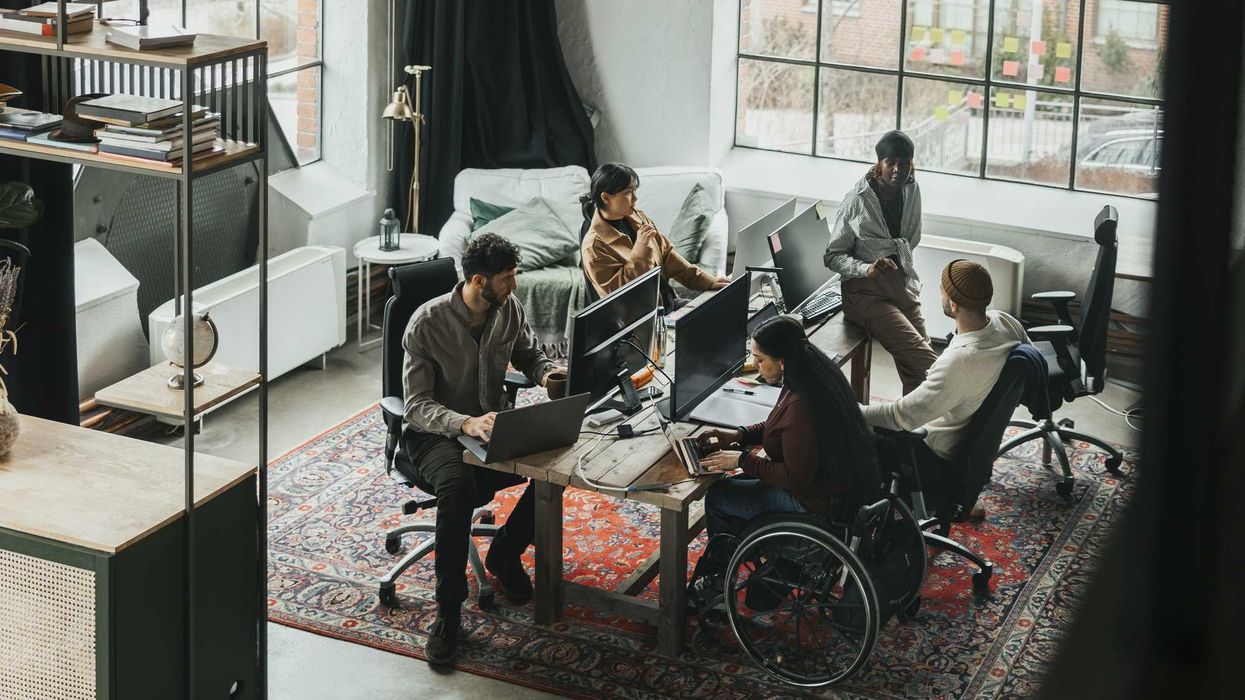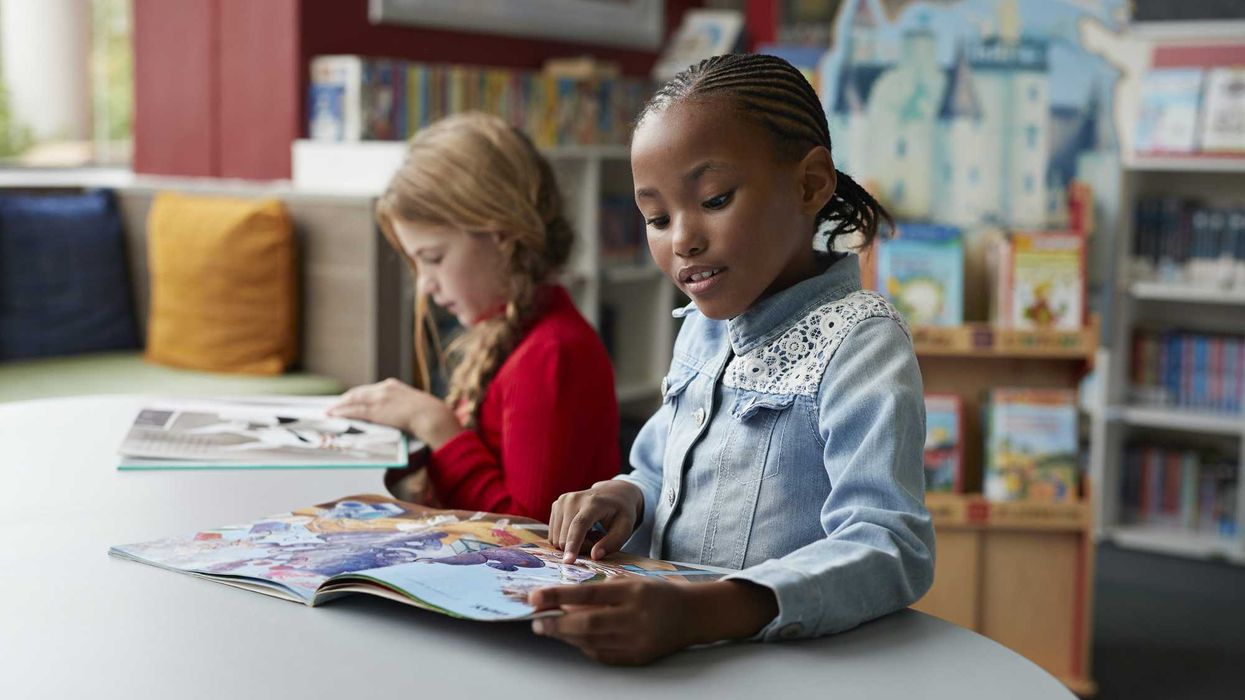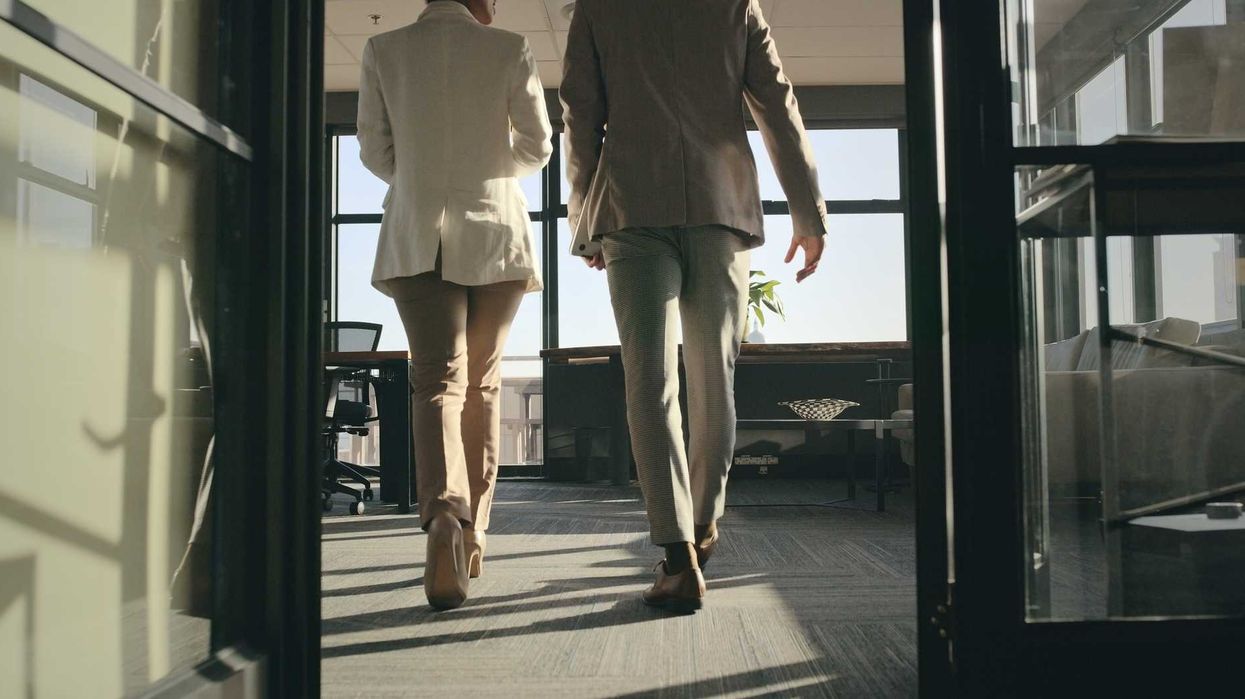Becvar is co-publisher of The Fulcrum and executive director of the Bridge Alliance Education Fund.
The heartbeat of democracy: Inclusivity and justice
The recently published article by Maria Stephan, "Can Multiracial Democracy Survive? lays bare the intertwined destinies of racial justice and the health of our democracy. This foundational piece illuminates the systemic challenges undermining our democracy, particularly the enduring scars of racism and the specter of authoritarianism. It exposes the systemic hurdles eroding the foundations of our democratic system, particularly through the lens of racism and the looming threat of authoritarianism. Stephan's call for a holistic strategy that intertwines racial justice with the integrity of our democracy cannot be overemphasized. It serves as a practical guide to strengthening our democracy through honest discussions about racism, investment in practices that strengthen democracy, and acknowledging the critical role of faith organizations in supporting democratic norms and combating racism. In our pursuit of that vibrant, inclusive democracy, we must recognize that challenges such as authoritarianism, racism, immigration, and misinformation are not isolated issues but interconnected threads that weave through the fabric of our society.Immigration
The contentious immigration policies in Texas featured by AllSides highlight the tension between state actions and federal oversight, reflecting broader debates about national identity and belonging. This discourse, while seemingly distant from the conversation on multiracial democracy, is, in fact, deeply intertwined with our nation's ongoing dialogue about who gets to participate in our democracy and on what terms.
Separately, the myths surrounding noncitizen voting are a prime example of how misinformation can erode the trust in our electoral systems. The pervasiveness of these myths, rooted in historical misconceptions, underscores the dangerous potential of misinformation to undermine faith in our electoral processes and, by extension, our democracy itself. The health of our democracy is contingent on an informed and engaged citizenry, capable of discerning truth from falsehood, and willing to have the conversations necessary to stop legislation based on unfounded concerns and refocus on our true challenges.
Historical reflections and future directions
Divided We Fall has published a debate on the question of "Should We Tear Down Historical Monuments?" featuring contrasting views on the removal of controversial sites. Esther Wickham and Sean Fischer engage in a critical dialogue about our collective memory and the potential for education and reconciliation in how we address our history. This discourse forces us to confront the values we choose to honor and the narratives we choose to amplify and is pivotal in reconciling our past and forging a path forward that embraces a more inclusive narrative.Voting trends
American Values Coalition did a deep dive into recent shifts in the political allegiance of non-white voters. These shifts underscore the imperative for political parties to better engage with and understand the diverse communities that constitute the American mosaic. Differences in religiosity within the Democratic coalition, which includes a significant number of areligious and religiously diverse voters, may contribute to these changes, underscoring the complex interplay between race, religion, and political alignment. This acknowledgment again ties back to Stephan's reminder that faith-based efforts to combat racism and strengthen democracy have enormous potential to "instill hope and rejuvenate religious imagination for drawing us closer to the Beloved Community."DEI critiques
The critique of diversity, equity, and inclusion initiatives in education underscores the necessity of genuine engagement with diversity as a cornerstone of democratic vitality. These initiatives, when thoughtfully applied, can bridge divides and enrich our collective understanding. Together, these discussions illuminate the complexity of our shared history and the ongoing effort to craft a democracy that truly reflects the richness of our diverse nation.




















